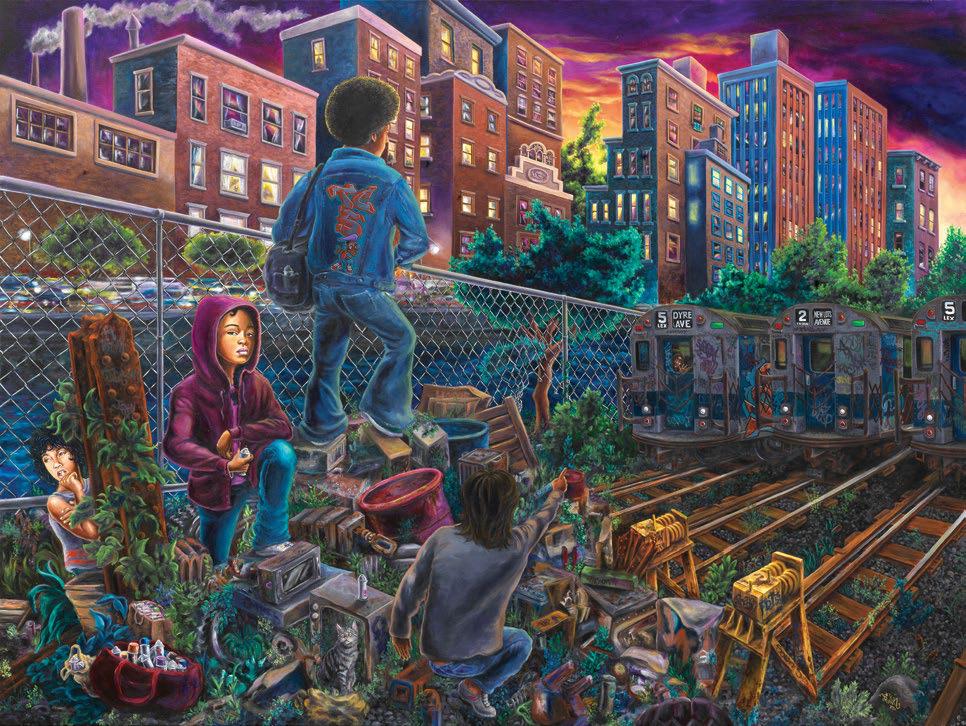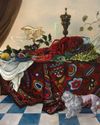
There are certain films that become outliers for their cult status, films that can be esoteric as well as universally appealing. If searching for an era, city, or cultural convergence to equal the massive historical clout of the late 1970s and early 1980s New York City, one might have to go back to the Lost Generation of Paris in the 1920s. Those years in NYC are pivotal for a myriad of reasons, not all of them art, but to look at the impact of hip-hop, graffiti, punk, break-dancing, club culture, uptown, and downtown colliding is to recognize that moment in history as a sort of BC versus AD of influential expressions. And if you need a film to help anchor the latter stages of the era, Charlie Ahearn’s independent and inventive Wild Style is your visual vocabulary.
“Wild Style was not a documentary,” Ahearn told me over email recently. “It had to tell a story, and it had to be real. In the summer of 1980, trains were the cutting edge of modern art, such as FUTURA’s abstract Break car and FAB 5 FREDDY’s Campbell Soup homage to Andy Warhol. Graffiti writers were talking about wildstyle, a highly personalized lettering meant to be hard to decipher, full of sweeping blades and arrows, and the name ‘Wild Style’ seemed to fit the movie like a glove.”
This story is from the {{IssueName}} edition of {{MagazineName}}.
Start your 7-day Magzter GOLD free trial to access thousands of curated premium stories, and 9,000+ magazines and newspapers.
Already a subscriber ? Sign In
This story is from the {{IssueName}} edition of {{MagazineName}}.
Start your 7-day Magzter GOLD free trial to access thousands of curated premium stories, and 9,000+ magazines and newspapers.
Already a subscriber? Sign In

Noelia Towers
Empathy and Enlightenment

Nehemiah Cisneros
Legend of a Wicked City

Joy Yamusangie
Primary Colors

rafa esparza
A Sense of Generosity

Eric Yahnker
The Serious Side of a Joke

Ivy Haldeman
Notions of Slippage

Timothy Lai
Painted Syncopation

Katherine Bernhardt
Everlasting Butter

Sabrina Bockler
Conversing From Within

The Burn to Rebirth
Valencia, Spain During Fallas